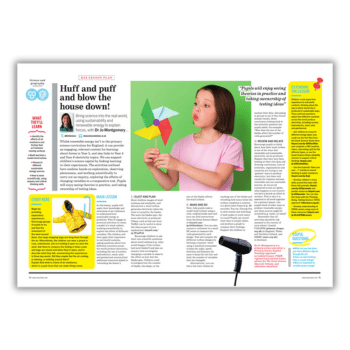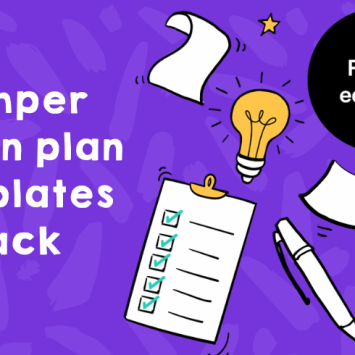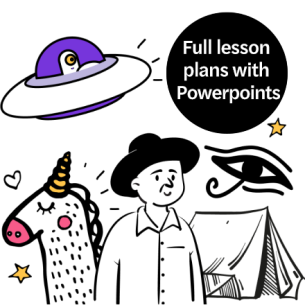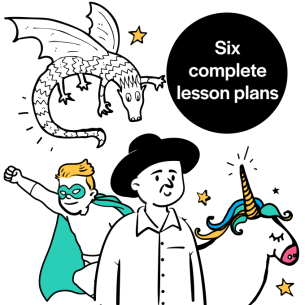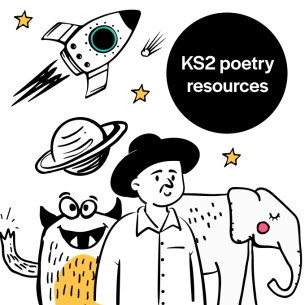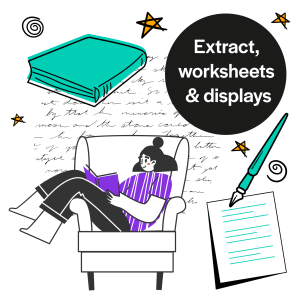Use sustainability and renewable energy to explain forces with this KS2 air resistance lesson plan from Dr Jo Montgomery…
Whilst renewable energy isn’t in the primary science curriculum for England, it can provide an engaging, relevant context for learning about forces in Year 5, and also links to Year 4 and Year 6 electricity topics.
We can support children’s science capital by linking learning to their experiences. The activities outlined here combine hands-on exploration, observing phenomena, and working scientifically to carry out an enquiry, exploring the effects of changing variables in a comparative test. Pupils will enjoy seeing theories in practice, and taking ownership of testing ideas.
KS2 air resistance learning objectives
- Identify the effects of air resistance and friction that act between moving surfaces
- Build and test a model wind turbine
- Research different sustainable energy sources
- Learn how to work scientifically, using enquiry and critical thinking skills
Starter activity
Begin by providing exploratory experiences. Encourage groups of pupils to try and feel the movement of the wind around them.
Use large shopping bags and drag them through the air. Alternatively, the children can wear a jacket or coat, unbuttoned, and run holding it open to catch the wind.
Ask them to compare the feeling of when coats and bags are closed and when they’re open, and to describe what they felt, summarising the experiences in three key words.
Did they maybe feel the air rushing, or blowing, or whirling around them? Explain that wind is a form of air resistance, which is a push force that can make things move.
Dr Jo Montgomery is a primary science specialist, a Primary Science Capital Teaching Approach accredited trainer, PSQM regional lead and hub leader, adviser for The Great Science Share for Schools, and education consultant. Follow her on X at @DrJoScience.
